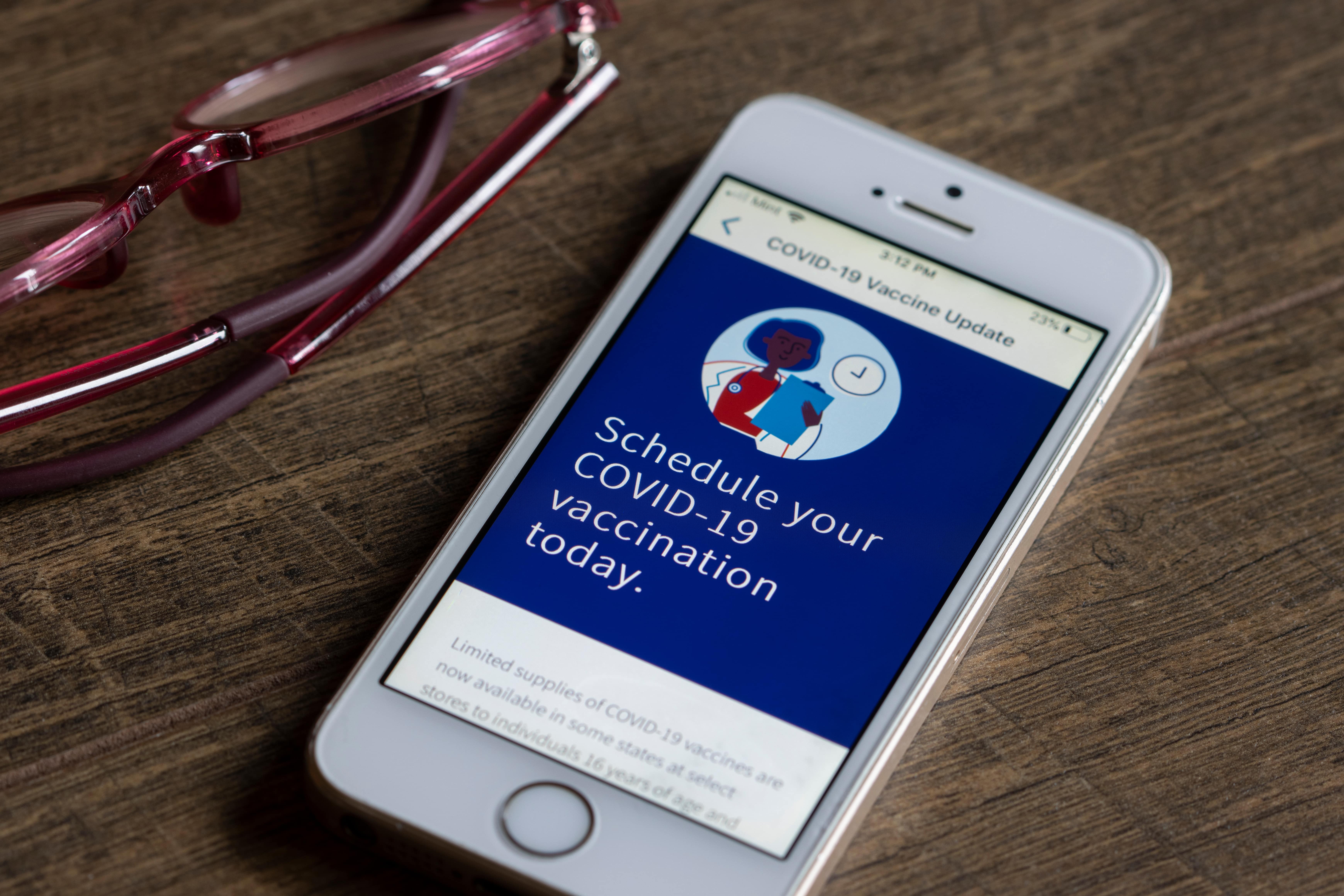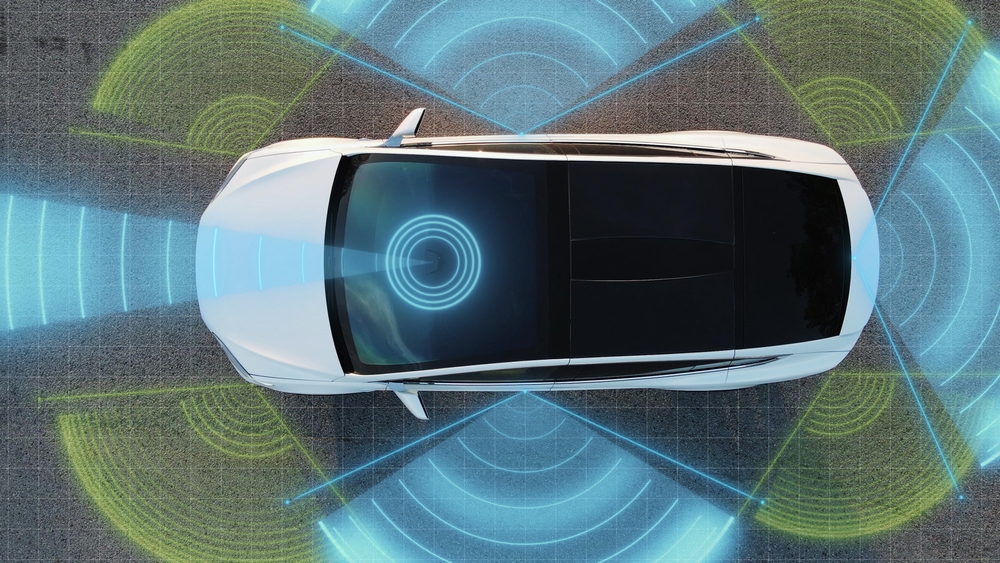How Technology Can Ramp up Vaccine Distribution

Vaccination distribution is now underway across the globe and facing numerous obstacles on many fronts--from manufacturing and logistics to patient registration and monitoring. Here’s how digital technologies can help implement the biggest public health campaign the world has ever seen.
It is the largest and most complex logistical effort the world has seen during peacetime: getting every man, woman, and child vaccinated against COVID-19.
“This is the biggest data puzzle of our lifetime,” Jason Kelly, general manager of blockchain services at IBM, told Marketwatch. “This is a team sport.”
A fast, secure, and equitable vaccine rollout requires close coordination between vaccine manufacturers, courier companies, local government units, and hospitals and pharmacies. From the shipping and temperature monitoring of vaccines to patient pre-registration, scheduling, and monitoring, each step of the vaccine rollout is fraught with unprecedented challenges.
How many vaccines should be shipped, and to where and when? How can bottlenecks be avoided? How can we ensure that each jab is legitimate and meets quality standards? How do we monitor every patient for adverse effects?
To accelerate vaccine distribution at the speed, scale, and equity that the world needs, technology can play a crucial role.
Let’s take a closer look at how digital technologies such as blockchain, artificial intelligence (AI), cloud computing, and the Internet of Things (IoT) can be utilized to support the planning, delivery, monitoring, and management of vaccination programs.
AI for demand forecasting and planning
Macro-eyes, a U.S.-based startup, uses AI to make “accurate predictions from incomplete data--transforming crucial systems.” The company’s mission is to improve healthcare access, particularly in low- and middle-income countries.
One of its services is the Connected Health AI Network (CHAIN), a vaccine forecasting tool. To predict vaccination demand, it uses a wide range of datasets, such as satellite images and maps, social media posts, official government data, and the number of mobile phone users. In Tanzania, CHAIN was able to reduce vaccine wastage by 96%.
Blockchain to monitor the supply chain
Earlier this month, 2,400 doses of fake COVID-19 vaccines were seized in South Africa. “This is only the tip of the iceberg when it comes to COVID-19 vaccine-related crime,” said Jürgen Stock, INTERPOL Secretary-General.
Given the demand for COVID-19 vaccines, the threats of counterfeits, smuggling, and fraudulent sales are ever-present. “There’s trust issues, but there’s also a crush of demand for vaccines,” said Mark Treshock, blockchain solutions lead for Healthcare and Life Sciences at IBM. “How can you leverage technology to give people confidence that they’re receiving good vaccines?”
A blockchain-based platform can provide real-time, end-to-end visibility from manufacturing to distribution. It can help hospitals and clinics manage their stocks and alert parties to supply chain disruptions. It can authenticate vaccine doses and track their temperature and handling history.
Everyone in the supply chain is kept updated, boosting the speed, accountability, and transparency across the distribution network. This tamper-proof and verifiable digital record ensures patients of the integrity of their jabs.
A hospital network in the United Kingdom has become the first in the world to use blockchain technology to track the status and handling of COVID-19 vaccine doses.
“We can absolutely verify the data that we’ve collected from every single device,” said Tom Screen, co-founder of Everyware, which monitors vaccines for the National Health Service (NHS). “We make sure that data is accurate at source, and after that point, we can verify that it’s never been changed, it’s never been tampered with.”
IoT for storage and transportation
“This vaccine is essential--it’s the first step to that road to inclusive recovery that we need,” said Renee Patton, Global Director of Healthcare at Cisco. “With so much hanging in the balance, we need to make sure we are doing it right.”
“The Internet of Things is going to play a vital role in this process, empowering temperature monitors on refrigeration units,” Patton said. “You will need the infrastructure and technology to enable sensors and cameras on vaccine storage facilities. You need those things to do real-time tracking of the fleet of planes, trains, and trucks carrying the vaccine to different vaccination sites. So, having secure, reliable remote observation solutions can make this kind of real-time monitoring possible.”
In the United States, every box of vaccine doses is equipped with a temperature monitor, a GPS beacon, and a barcode that’s scanned upon receipt. Should there be any issues with a shipment--for example, a deviation from the target destination or temperature fluctuation--staff at the Vaccine Operations Center are immediately alerted to the problem.
Here’s a news video report by CNBC when the first plane carrying COVID-19 vaccines landed in the United States last December.
 Cloud computing for vaccination management
Cloud computing for vaccination management
Getting the vaccine doses to healthcare facilities is only half the battle; getting it into the arms of people is the other.
“Creating an effective vaccine is half the journey. The main thing is getting it into people’s arms, so there is actual, real protection,” said Dr. Saad B. Omer, Director of the Yale Institute of Global Health. “Vaccines don’t save lives, but vaccinations save lives.”
From registration to the scheduling of appointments to monitoring side effects, cloud computing can help governments manage their vaccination programs. Tech companies have stepped up to the plate, designing and rolling out vaccine management service offerings.
For example, Google Cloud’s Intelligent Vaccine Impact solutions (IVIs) has been deployed in several U.S. states and localities to assist with vaccine information, scheduling, distribution, and analytics.
Working with the Department of Health Services in Arizona, Google Cloud built a centralized vaccine management distribution system that booked 150,000 appointments in the first two hours. Rolled out last December, the system has helped Arizona administer 2.6 million vaccines and book nearly 1.5 million appointments.
Meanwhile, the United States Centers for Disease Control and Prevention (CDC) is using the Oracle National Electronic Health Records (EHR) Cloud and Public Health Management Applications Suite to manage the country’s vaccination program.
The Oracle National EHR Cloud will serve as the CDC’s central data repository for all vaccination data in the United States. It will provide up-to-the-minute data on the number of vaccinated citizens in particular areas.
With the Oracle Public Health Management System, every person who has received a COVID-19 vaccination can report side effects to a doctor via smartphone or a computer. This enables healthcare professionals to monitor these individuals remotely, saving their time and resources for other patients.
“We have healthcare workers putting themselves at risk every single day,” Oracle Master Principal Scientist Rebecca Laborde shared. “Providing them with solutions to help fight this pandemic has been amazingly rewarding.”
Global vaccination campaign: the road so far
According to data gathered by Bloomberg, 140 countries have administered more than 501 million doses so far.
Here are the top fifteen:
No one left behind
The power that these digital technologies bring to vaccine distribution--speed and scale, visibility and security--is undeniable. However, a lack of Internet access and low digital literacy can be significant obstacles. Sadly, this is particularly true for the ones who need the vaccine the most.
We’ve seen how COVID-19 is hitting certain parts of the population harder: older individuals, residents in long-term care facilities, ethnic minorities, and those in low-income communities. These are the very individuals who are more likely to have limited access to the Internet and difficulties navigating registration and appointment websites.
An online-only vaccine distribution system will exclude those that have no access to the Internet--and that’s 3.7 billion people around the world. Because of this, we must strike a balance between digital tools and the resources, skills, and behaviors of community members. In the race between infection and injection, it’s the only way to make sure that no one gets left behind.
As one of the Top 20 EMS companies in the world, IMI has over 40 years of experience in providing electronics manufacturing and technology solutions.
At IMI, we believe that humanity drives technology, and we direct our passion at solutions that enhance our way of living. With more than 400,000 square meters of factory space in 22 factories across 10 countries, we are positioned to build your business on a global scale.
Our proven technical expertise, worldwide reach, and vast experience in high-growth and emerging markets make us the ideal global manufacturing solutions partner.
Let's work together to build our future today.
Other Blog



